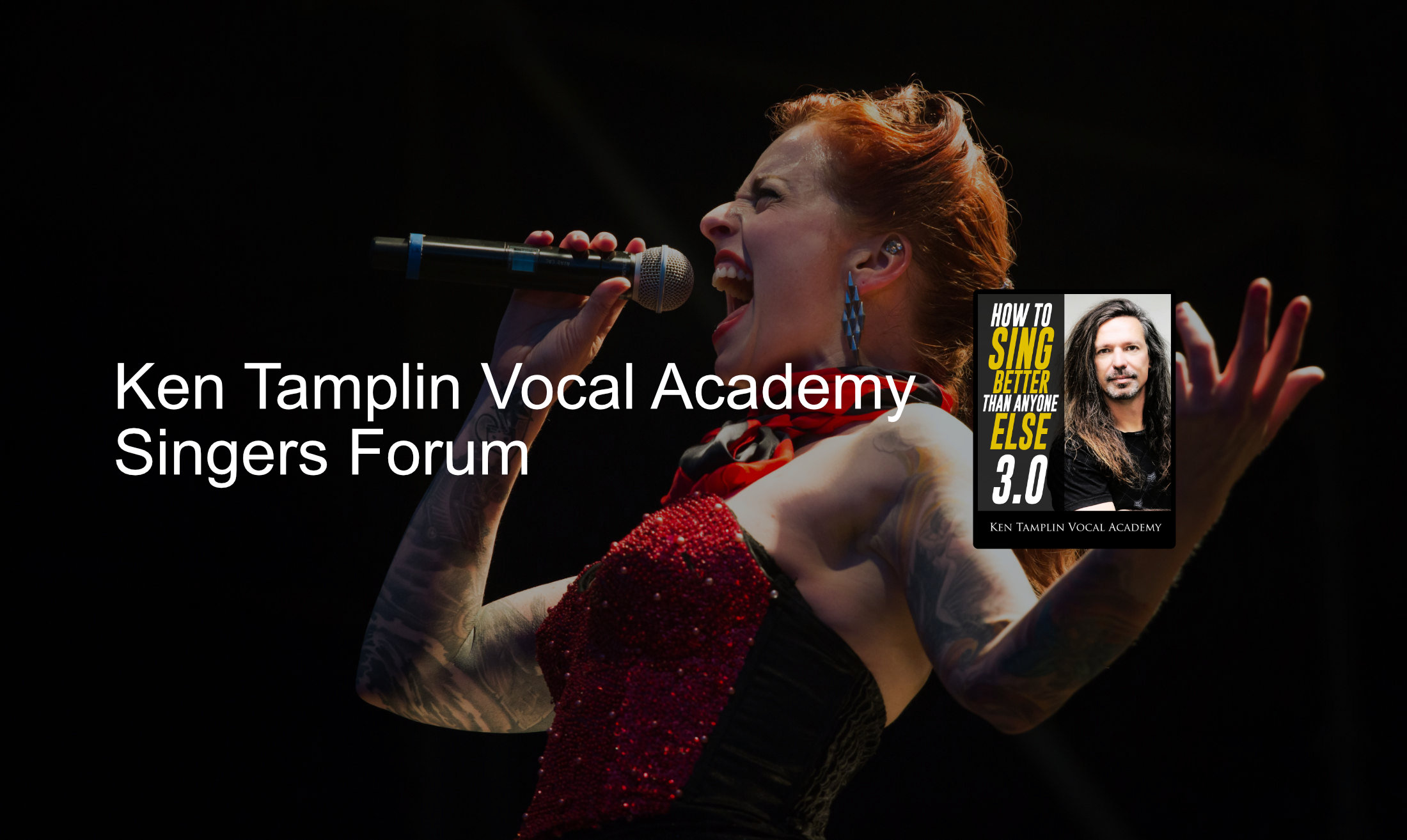Basic Vocal Recording
This is just a basic description to help people create more clear, and better sounding vocal submissions that they would like evaluated.
Mic Level Input: You want to have the strongest signal you can coming in to the recorder. I usually set my vocal levels to PEAK at around -3db. That is the highest level that I want to see during my loudest vocal volumes. Even if the lowest volumes only peak at -15db you're still good.
Mic Level Output: This is your main output. You want to match the volume of your input (mic) to be the same as the volume of your output. (the outputs will be in stereo so you want to match both output meters to match the mic input). Hit record and go!
Mixing your vocals to backing tracks: I always set my music low. Usually around -15db, and let the music peak at around -20 db. I set the vocals over it using the same levels that I used during the recording process. The overall mix should not exceed -0db at its highest levels. I always set them a touch lower to ensure there is no clipping.
This is a very basic description, and is a basic principal for any software, or hardware you may have. If you want to get into it deeper just ask.
Peace, Tony
Mic Level Input: You want to have the strongest signal you can coming in to the recorder. I usually set my vocal levels to PEAK at around -3db. That is the highest level that I want to see during my loudest vocal volumes. Even if the lowest volumes only peak at -15db you're still good.
Mic Level Output: This is your main output. You want to match the volume of your input (mic) to be the same as the volume of your output. (the outputs will be in stereo so you want to match both output meters to match the mic input). Hit record and go!
Mixing your vocals to backing tracks: I always set my music low. Usually around -15db, and let the music peak at around -20 db. I set the vocals over it using the same levels that I used during the recording process. The overall mix should not exceed -0db at its highest levels. I always set them a touch lower to ensure there is no clipping.
This is a very basic description, and is a basic principal for any software, or hardware you may have. If you want to get into it deeper just ask.
Peace, Tony


Comments
I'd like to start using my DAW more and my R8 multi-track less; so my issue is with connection paths.
As I understand it: Mic -> Audio Interface -> USB into Computer...
At this point, this is where I start getting messed up.
- Guessing DAW preferences set to receive input from USB Interface?
- Headphones into PC speaker jack or out of Interface headphone jack?
- What else am I missing?
- Going to be using Cubase, if that is of any consequence...
What are you going to be using as an interface?
Cubase will prompt you to choose the drivers for input/output. I do believe those will be your ASIO drivers from whatever interface you choose to use (Which will have to be downloaded independently). It's been a while since I've used cubase, but I do remember that the combination was tricky to get at first, but after I figured it out I never had a problem toggling the drivers back and forth for cubase, to the computer audio drivers.
If you have the original SD chip that came with your Zoom R8 it should have those drivers on it.
Not sure if any of this helped you at all.
Peace, Tony
Can you describe the connections and process of Configuring in inside your DAW? :-D
First you have to download the drivers onto your computer that are on the SD chip that came with the unit. (it also has drum loops on it)
The connections are simple. Just run it into a USB port, and your computer will recognize the device, but only after you download the drivers.
I can't remember which had to be done first, but you have to get a key generator from Cubase. Not sure if you get it before or after downloading the program, but when you boot up Cubase it will ask you for the key generator code. (Only the first time)
Then it gets tricky ha ha. As I mentioned above you have to configure the audio settings, but after you get it set, it's really easy to do every time afterwards.
Do you still have the SD chip, and the documentation that came with it? I do believe that there was a separate document included that explains the whole process. If you don't have it anymore, I can look through my stuff to see if I still have it.
I have the owners manual and I think the original SD card for it... so I'll check through that for starters.
If you have time, see what you can find as well.
Thanks mate !
I did a version of Elenor Rigby too. All instruments note for note. You'll dig using it.
https://www.zoom-na.com/sites/default/files/products/downloads/pdfs/R8AudioIFManual_E1.pdf
Peace
Peace
As a result, I have pretty much decided to do all recording on the ZOOM R8, as well as mix-downs... then import the mixed product into my Izotope Ozone/Neutron mastering suite on my laptop.
THERE DONE!
Then I can use cubase for polishing, and making the final product.
It's much easier than dealing with customer support for a few days lol
I know what to do now at least :-B